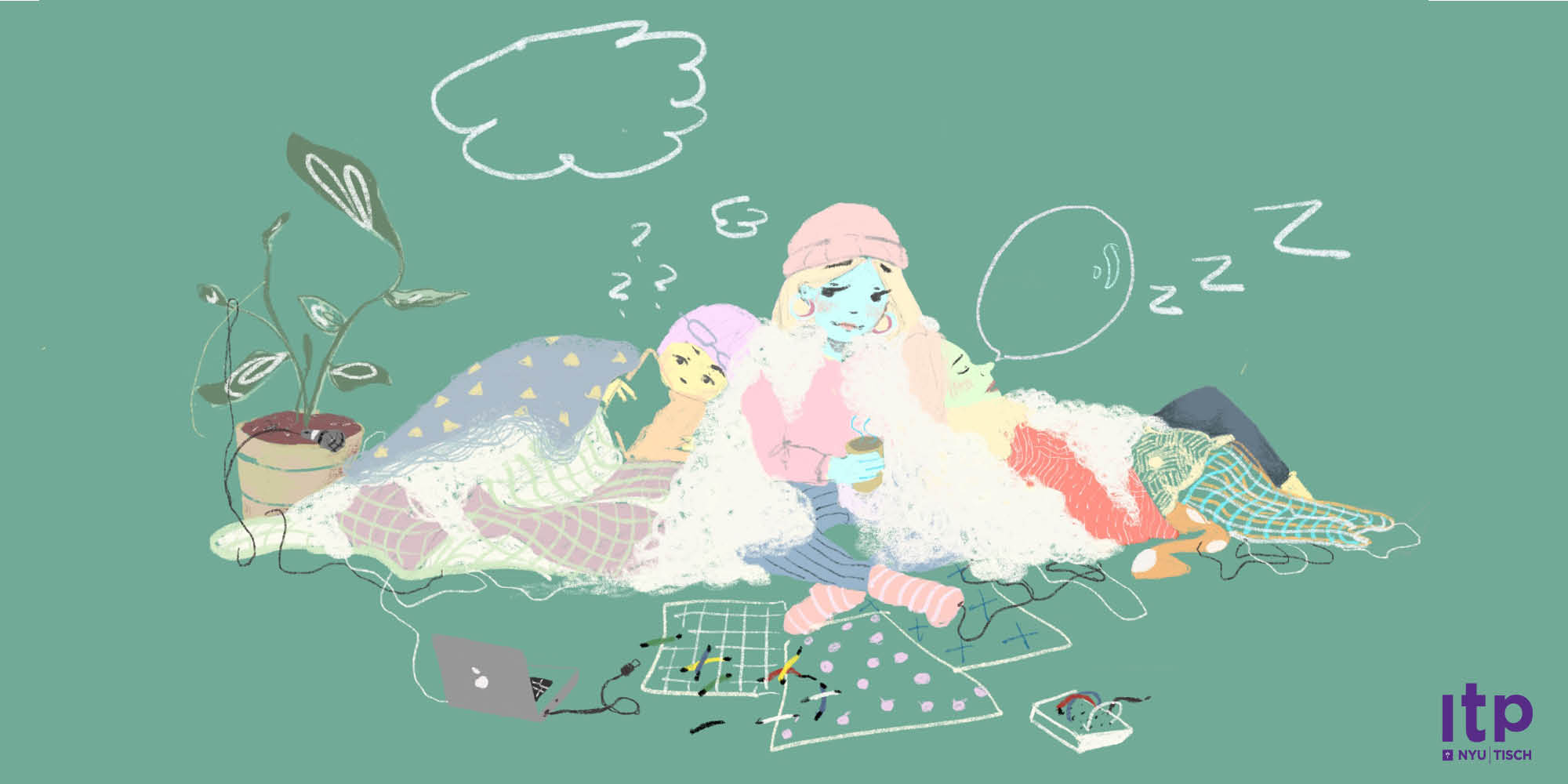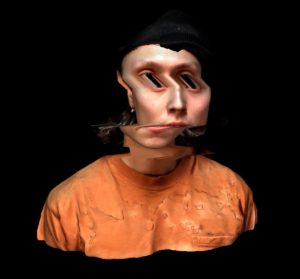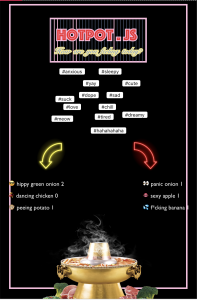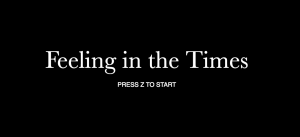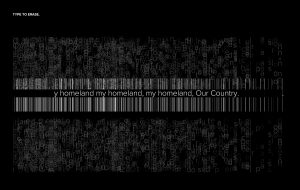Gabriella Garcia
A phone rings uncannily just as you pass it… if you answer perhaps you'll get some insight into the future of humanity…
https://www.higabriella.com/blog/a-message-from-the-future-final-project-documentation
Description
The project is called A Message From Our Future and it's essentially a narrative phone tree journey using an old-school corded desk telephone as the interface. The phone would ring based on a distance sensor, and when picked up, would prompt an automated recording starting the narrated interaction. The person is prompted through a keypad menu that gives them options to listen to voice messages from “the future” with each number leading to a different message theme. Voicemails were collected via burner number that people could call anonymously.
Classes
Introduction to Computational Media, Introduction to Physical Computing
